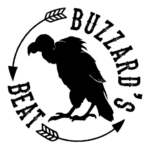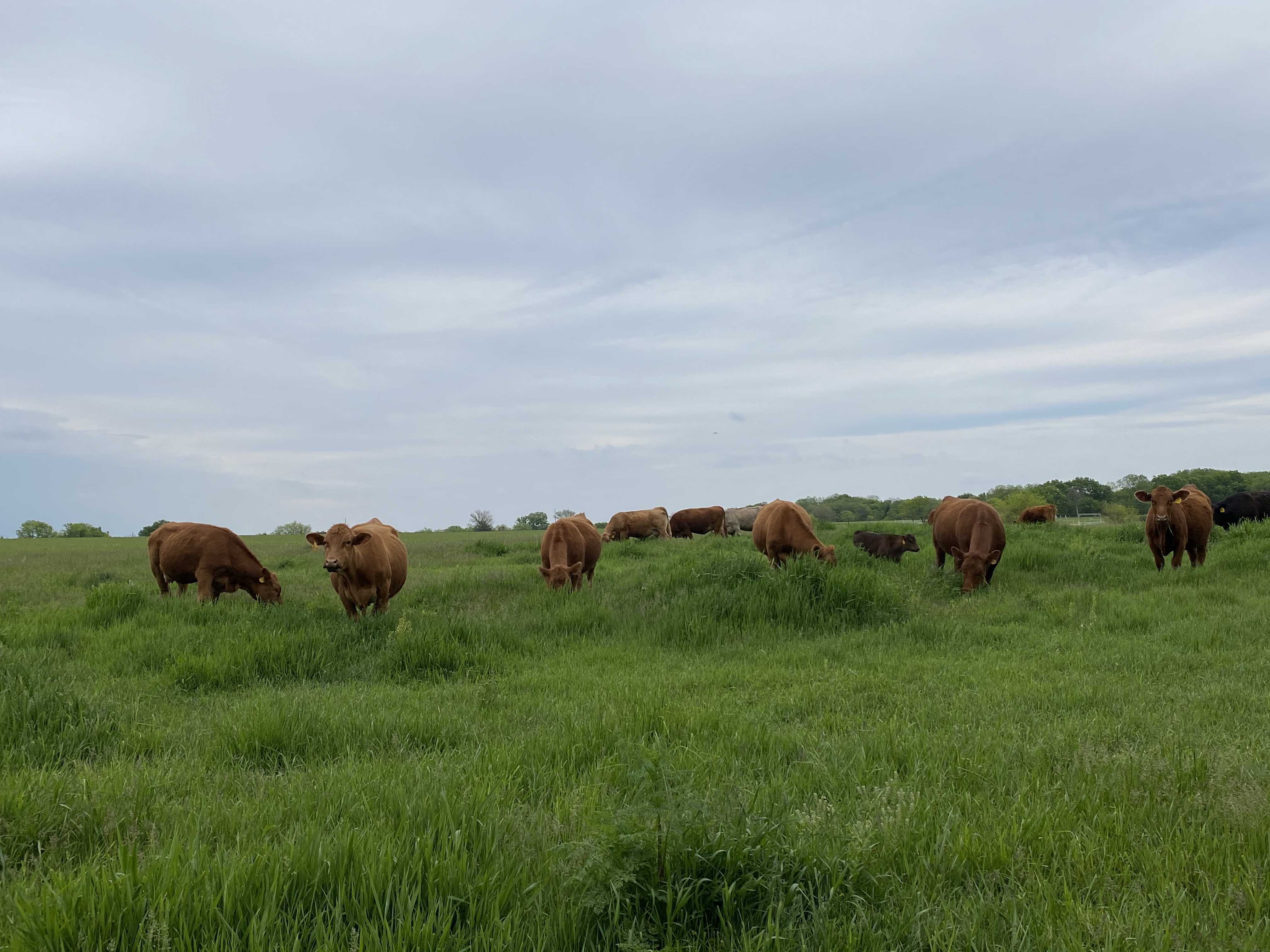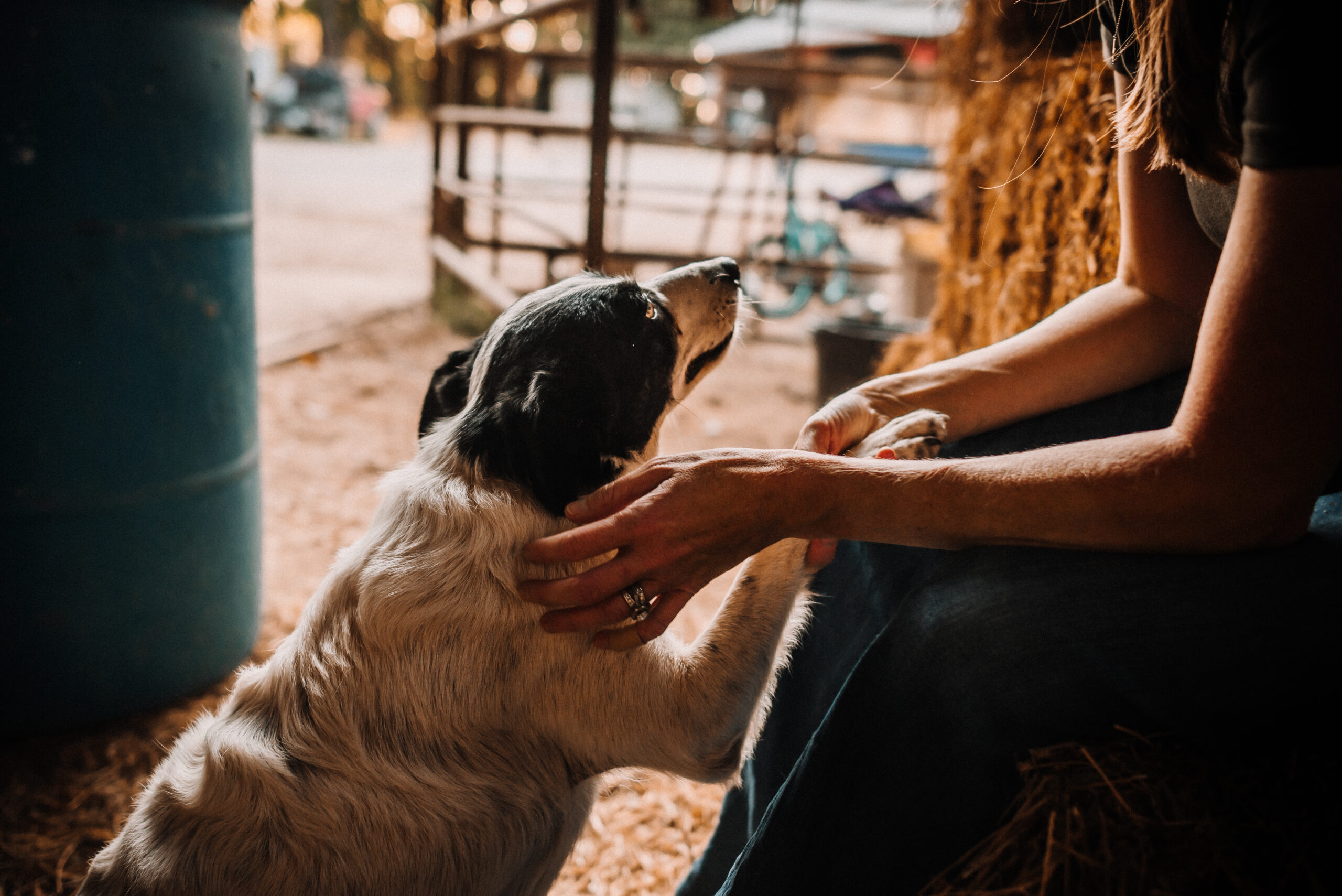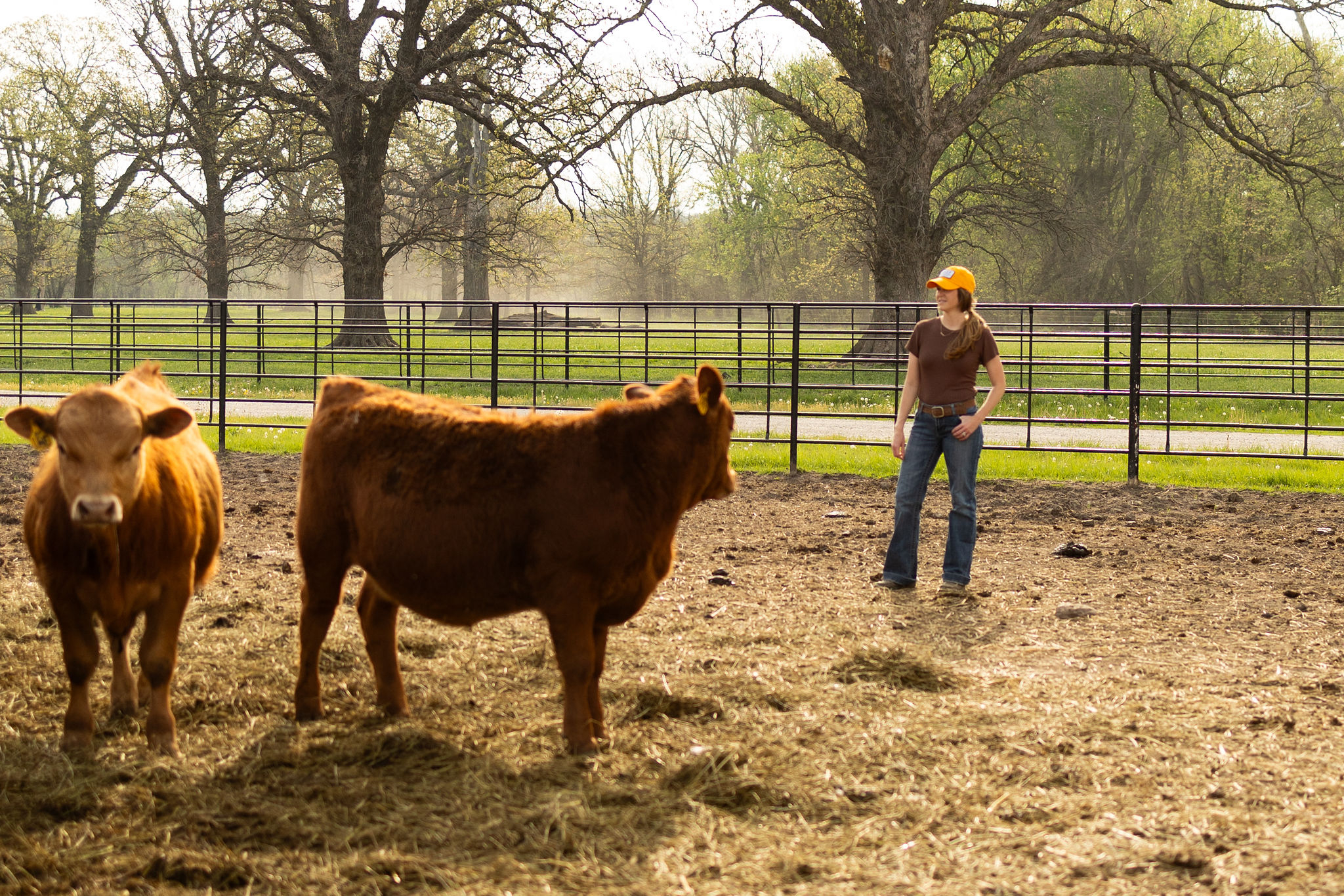Food waste is a significant problem in the United States and one that I am particularly passionate about doing my part to mitigate. Sadly, we as consumers waste 40% of the food produced in the U.S. Of that figure, a lot of food is wasted before it ever reaches store shelves due to not fitting appearance standards, “ugly” produce and by-products of food/fuel/fiber production.
Unfortunately, food waste travels to landfills where it creates greenhouse gases such as methane. In fact, if food waste were its own country, it would be the third largest worldwide producer of methane. That’s a staggering amount of methane released into our environment which no doubt contributes to climate change.
How else is food waste a travesty to our environment? When food is thrown in the garbage, all the resources that went into producing, harvesting and transporting it — water, land, herbicides, fuel, etc. — are wasted as well. As shoppers, we can do our part to reduce food waste by meal planning, eating leftovers, controlling portion sizes, freezing surplus fresh produce and buying misshapen fruits and vegetables. These simple acts can have a big impact when applied broadly across communities.
So, where do cows come into play in the food waste equation?
The digestive system of cows is fascinating and can break down food that humans can’t, which would otherwise go to waste in a landfill. By consuming by-products and ugly produce, cows help prevent food from sitting in landfills and contributing to climate change. This is how cows recycle for us and it’s one of the many benefits cattle bring to our environment and ecosystem.
The kinds of by-products and food waste that cows consume varies by geographical region in the U.S. For example, cows on the east coast might eat spent grapes, peanut hulls or citrus pulp whereas cattle on the west coast might consume almond hulls, onion slurry or misshapen or bruised potatoes. Here in Kansas, cows consume by-products like sunflower meal and our own cow herd consumes a significant amount of dried distillers grains (DDGs) in the fall and winter, which are a by-product of ethanol production.

Cows’ ability to take discarded food, which is unfit for human consumption, and recycle it into a high-quality protein is truly amazing and highlights how cattle are part of the climate change solution. In addition to recycling, cattle are also great at consuming cellulose like native prairie grass and converting it to beef as well, a magic trick I like to call “upcycling.”
These bovine benefits are in addition to the natural role of cattle in the carbon cycle. When cattle graze on pastures, which they do for most of their lives, they are restoring carbon to the soil. Pastures and grasslands make up nearly one-third of U.S. land mass and avoiding the conversion of this land into tillable crop ground can help prevent further greenhouse gas emissions. In fact, enhancing carbon sequestration through cattle grazing can reduce the carbon footprint of cattle dramatically.[1]
As humans, we all have an impact on our environment. Additionally, all types of food production have an impact — lettuce, beef, tomatoes, watermelon, corn, kale, all of it impacts our environment in some way. And even though we can’t eat our way out of climate change, we can support conservation methods such as sustainable beef production, food waste reduction and making choices in our home that promote a healthy environment.
Until next time,
~ Buzzard ~
P.S. If you wish to receive posts in your inbox automatically, sign up on the homepage in the right side pane. Furthermore, follow my ranch life activities on Instagram: @brandibuzzard.
This original post first appeared on the Kansas Living website.
[1] ¹http://www.dasnr.okstate.edu/Members/donald-stotts-40okstate.edu/carbon-sequestration-a-positive-aspect-of-beef-cattle-grazing-grasslands



